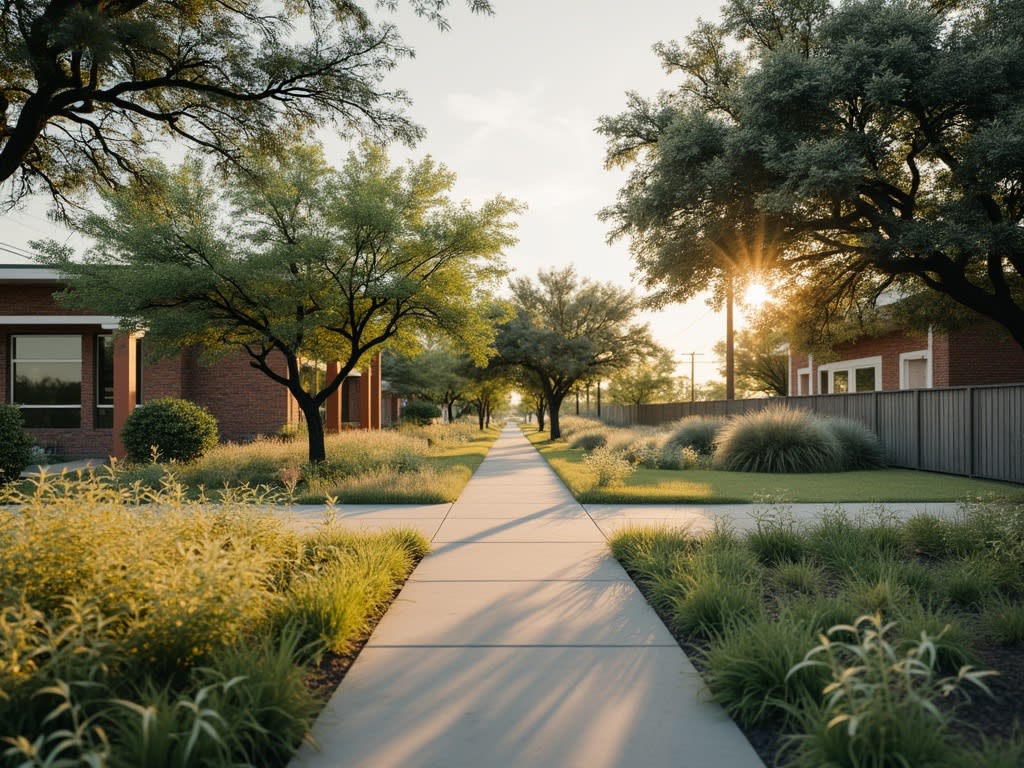Austin’s booming tech scene and population surge have intensified the race for developable land, creating ideal conditions for property owners planning to connect with Texas developers. Strong business growth has turned once-ignored land into prime development targets, especially in thriving suburbs like Cedar Park, Round Rock, and Pflugerville.
Key Takeaways:
- Developers focus on properties in expanding suburban areas where land prices offer strong potential returns while staying relatively affordable
- Critical paperwork must include title deeds, property surveys, current zoning certificates, and environmental assessments
- Developers look for specific site attributes including major road access, appropriate lot dimensions, and compatible zoning designations
- I recommend partnering with seasoned commercial real estate agents who’ve built solid developer connections to find qualified purchasers
- Effective sales negotiations depend on comprehensive property packages showing zoning details, utility connections, and projected financial returns
The Growing Opportunity: Austin’s Developer-Ready Land Market
Market Growth and Development Patterns
Austin’s land market has risen sharply with the city’s rapid expansion, making it a key target for developers. I see consistent demand across residential and commercial sectors, particularly in areas adjacent to tech corridors and growing suburbs. Local property values have increased by double digits annually in prime development zones.
Population Impact on Development
The influx of new residents has created intense competition for buildable land. Here’s what’s driving developer interest in Austin properties:
- Tech company relocations spurring residential development needs
- Rising housing demand in suburban areas
- Commercial space requirements near employment centers
- Mixed-use development opportunities in transitional neighborhoods
- Transportation corridor expansion creating new development zones
I’ve noticed developers specifically target properties within growing suburban rings, where land costs remain lower than central Austin while still offering strong appreciation potential. Areas like Cedar Park, Round Rock, and Pflugerville show particularly strong development activity. The combination of sustained population growth and business expansion has transformed previously overlooked parcels into valuable development opportunities. Landowners with properly zoned properties can now command premium prices, especially for parcels over 5 acres that allow for larger planned developments.
Preparing Your Land for Developer Interest
Essential Documentation
Developers need specific paperwork before considering your land. I recommend gathering your title deeds, property surveys, and current zoning certificates first. Environmental assessments play a crucial role too – they show potential hazards or restrictions that could affect development plans.
Property Features That Appeal to Developers
Several key attributes can make your land stand out to potential buyers. Location remains the top priority, particularly in Austin’s fast-growing areas. Here are the main features developers look for:
- Access to major roads and highways
- Proximity to schools, shopping centers, and parks
- Lot size that supports multiple units
- Current zoning status that allows development
- Water rights and utility connections
- Terrain suitable for construction
- Distance from downtown Austin
- Adjacent property development status
These elements directly influence a developer’s decision to purchase and their potential offer price.
Finding and Attracting the Right Developer
Professional Connections and Market Research
Commercial real estate agents serve as vital connectors between landowners and developers in Austin’s competitive market. I recommend partnering with an experienced agent who maintains direct relationships with active developers and understands current market demands.
Here are key strategies to connect with qualified developers:
- Join local real estate investment groups and attend monthly meetings to build relationships with active developers
- Connect with the Austin Board of Realtors and participate in their commercial property networking events
- Research recent development projects in your area to identify developers with similar property interests
- Partner with commercial agents who specialize in land deals and maintain developer databases
- List your property on commercial real estate platforms like LoopNet and CoStar
A skilled commercial agent will create compelling marketing materials highlighting your land’s development potential, including zoning analysis, demographic data, and preliminary site plans. They’ll also help establish accurate pricing based on comparable sales and current market conditions.
I’ve found that developers respond best to clear, data-driven presentations that outline the property’s key advantages and development opportunities. Your agent should emphasize specific attributes like location, access to utilities, favorable zoning, and proximity to major thoroughfares or amenities that make your land attractive for development.
Negotiating the Deal
Creating a Winning Property Pitch
I’ve found that successful land sales to developers start with a strong property presentation. A detailed package should highlight zoning classifications, utility access points, and recent comparable sales. Developers need clear financial projections showing potential returns on investment.
Consider these key elements to strengthen your negotiating position:
- Property surveys and topographical maps that showcase buildable areas
- Current zoning documents and any pre-approved variances
- Environmental assessment results if available
- Traffic counts and demographic data for the area
- Existing infrastructure details like water, sewer, and power access
- Photos highlighting strategic property features
Setting the right price matters – I recommend calculating backward from a developer’s target profit margins, typically 15-20% on total project costs. This approach helps establish realistic market values that attract serious buyers.
Cash offers often command attention because they remove financing contingencies and speed up closing times. I suggest emphasizing your flexibility on closing dates and willingness to consider cash offers during negotiations.
Your property’s unique features can significantly impact its value. Major road frontage, corner lot positioning, or proximity to retail centers become powerful negotiating tools. These distinctive elements often justify premium pricing, especially when they align with a developer’s specific project goals.
Remember to stay firm on your bottom line while remaining open to creative deal structures that benefit both parties. Professional representation through a commercial real estate agent can help navigate complex negotiations effectively.
The Due Diligence Process
Investigation Requirements
Developers need specific documents and studies before committing to purchase your land. I recommend gathering these essential items to speed up the process:
- Current property survey with boundaries and topography
- Title report showing ownership history and liens
- Soil composition tests and geological reports
- Traffic impact analysis for larger parcels
- Utility availability documentation
- Historical property use records
Critical Property Assessments
The assessment phase involves multiple specialists examining your property. A professional land surveyor creates detailed maps of the terrain, identifying easements and encroachments. Environmental teams check for contamination, protected species, and wetlands through Phase I assessments.
Zoning verification stands as a crucial step where developers confirm current zoning classifications and potential changes needed for their planned use. They’ll work with Austin’s Development Services Department to understand building height restrictions, setback requirements, and impervious cover limits.
During this phase, developers study market conditions and run financial models to determine project feasibility. They’ll analyze nearby property values, development trends, and infrastructure capacity. Most developers partner with civil engineers to create preliminary site plans showing how they could maximize the land’s potential within local regulations.

Closing the Sale
Legal Documentation and Review
The purchase agreement sets the foundation for your land sale. I recommend having a real estate attorney review all documents before signing. Your contract should include clear terms about:
- Purchase price and earnest money details
- Timeline for closing
- Property survey requirements
- Environmental study results
- Zoning verification
- Title insurance specifications
- Contingency periods
Final Steps and Fund Transfer
The closing process typically takes 30-45 days after contract signing. You’ll need to address any title issues, boundary disputes, or environmental concerns before the closing date. A title company will handle the actual closing meeting, where you’ll sign the deed transfer and other final documents.
During closing, I’ve found these elements critical for a smooth transaction:
- Original deed and property documents ready for transfer
- Government-issued photo ID
- All parties present (or power of attorney arranged)
- Wire transfer instructions confirmed for payment
- Tax certificates showing paid property taxes
- Settlement statement review and approval
The title company coordinates with financial institutions to ensure proper fund transfer. They’ll distribute copies of signed documents to all parties and record the deed transfer with Travis County records office. You’ll receive your funds via wire transfer, typically within 24 hours of closing.
Understanding the common pitfalls of selling land to developers can help you avoid costly mistakes throughout this process.


